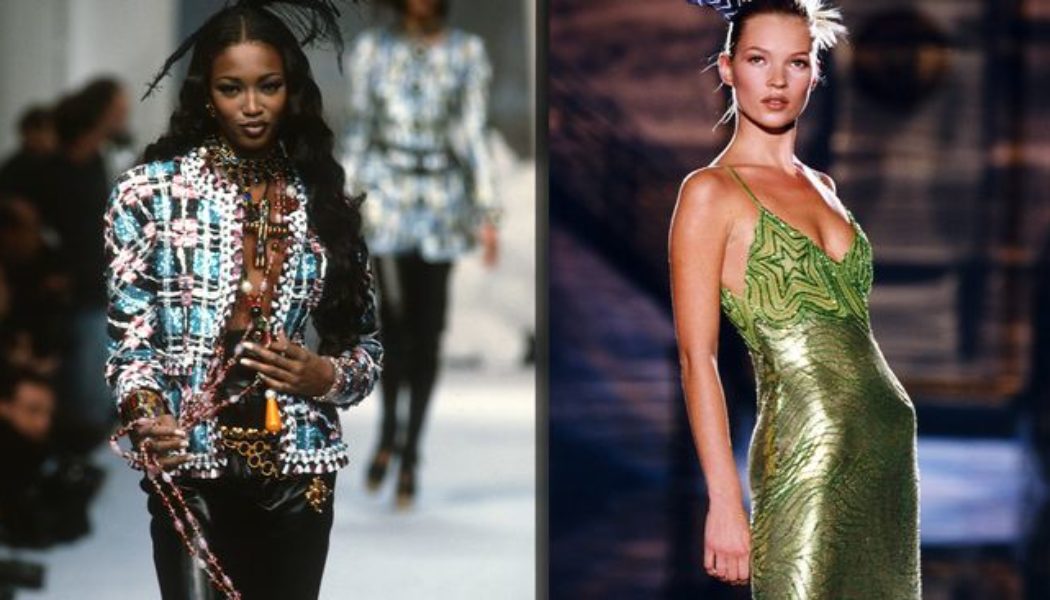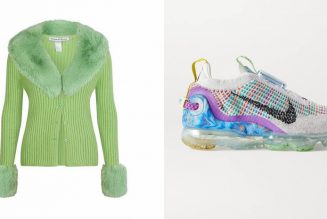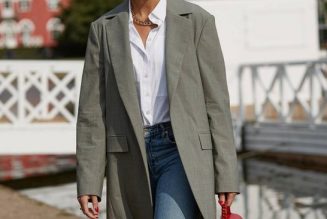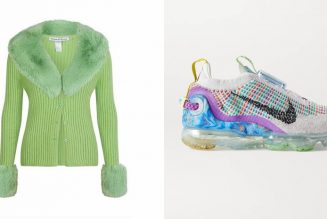
For Gen Z, a generation that has grown up with access to resale platforms such as Depop, preloved fashion is simply an integrated part of the way they shop, but what will be notable is how this behaviour adapts as they move into their 30s and 40s and their spending power increases. As luxury brands dip their toe into the resale sector, it foreshadows a more commercialised future for second-hand (an industry that hasn’t exactly been known for its mass appeal or polish), one that meets the market’s changing needs. You need only look at Gucci Vault to see the potential. With professionally shot imagery and an enviable product edit, the platform sells pieces from the brand’s vintage back-catalogue alongside upcycled collaborations with up-and-coming designers and packs all the gloss and glamour you’d expect from a luxury e-commerce site.
Mulberry is another high-end brand that has clocked the importance of incorporating second-hand into its business model. In February 2020, the brand launched Mulberry Exchange in-store, which then expanded to include an online buy-back-and-resell service, offering customers a chance to have their bags authenticated by in-house experts before being sold on, with the value put towards a new purchase.
“We knew that the resale market was thriving, but when we looked at the Mulberry product that was available through the established resale channels, we could see that much of it was in poor condition or that customers could not be certain they were buying authentic Mulberry,” explains a representative from the brand. “We see the Mulberry Exchange services as a way of extending the same level of quality, excellence, service and attention to detail to the resale sector that we offer across our new collections.”
Fashion brands are realising that this move towards resale will happen with or without their participation, and by ignoring it, they run the risk of getting left behind and letting others cash in on their archival collections. “Resale platforms continue to raise funding, but the environments are not necessarily conducive to any particular brand’s storytelling,” explains journalist Rahul Malik in The Business of Fashion. “If platforms are going to make the brand’s inventory available, and consumers are going to see and potentially buy it, should the brand not at least seek to influence the experience?”











